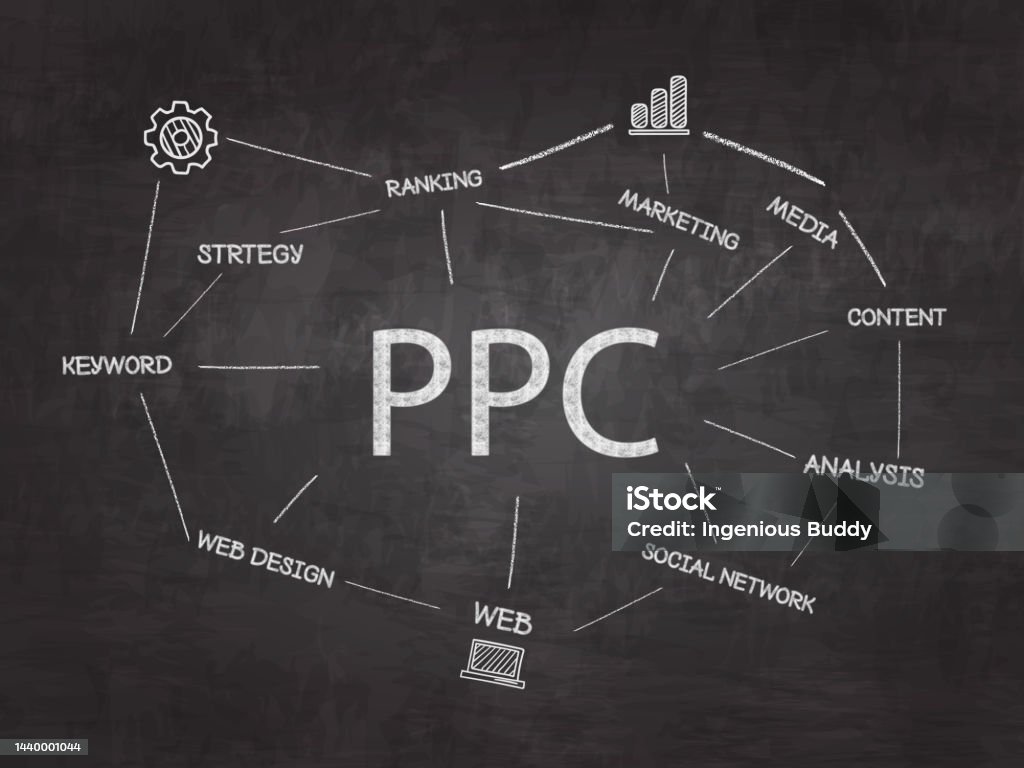Table of Contents
Introduction
While Pay-per-Click may look very costly, it is one of the most versatile advertising tools. Interfaces such as Google Ads have flexibility options that allow you to set different budgets and bids to increase yield depending on your agenda.
Real-world example: As long as a business acquires even a small budget, it is very easy to target high-relevant keywords and negative keywords, which can save lots of money and time.
Best Practices for Pay-Per-Click Success

Conduct Thorough Keyword Research: Keyword research is the bedrock of any successful PPC campaign out there. To come up with cheap and quality keywords that are relevant to your niche, popular among users, and for which you will need to pay little or none to your ad service provider, consider using Google’s Keyword Planner or Semrush.
Optimize Your Ad Copy: This means your advert text must be persuasive, short, and relevant to the search term entered by the user. Be sure to include your target keywords and to make sure your CTA is powerful and will prompt people to click where you want them to.
Use Negative Keywords: Negative keywords do not allow your ad to be displayed when somebody uses keywords on the internet that are not relevant to the product or service that you are offering. Therefore, you do not end up spending money on clicks that are likely to be non-converting. For instance, if your business sells luxury shoes, you need to include cheap in your negative keyword list.
Monitor and Adjust: Always have an assessment of your Pay-Per-Click campaign analysis to have an appreciation of areas of concern. Learn about CTR, conversion rate, and cost per conversion factors to increase the effectiveness of ads, bids, and even landing pages.
Create Relevant Landing Pages: Make certain you are directing users who click on your ad to a suitable and correctly optimized landing page. It should correlate with the message in the ad, has to offer something that the visitors would find useful and the page has to have some sort of a command or a link that leads to a call to action.
Types of Pay-per-click ads

Search Ads: These are the kind of ads that pop up on SERPs when one types keyphrases that relate to your business. Google Ads stands for search ads, and it is the most common means of advertising.
Display Ads: These are common banner or independent image advertisements placed on websites available within the World Wide Web. For instance, Google Display Network enables you to put your ads on a vast number of websites that work with Google.
Social Media Ads: Facebook, Instagram, LinkedIn, and Twitter are some of the social media platforms that provide PPC ad opportunities through which firms can target customers by demographic, interest, and behavior.
Shopping Ads: These are ads placed at the right corners whenever people are searching for products in service such as Google Shopping or Bing Shopping. They display information such as product images, product prices, and a link to the product purchase.
Video Ads: Video ads are generally placed on sites like YouTube, or on social networks. These are usually very involving and are effective in creating awareness or marketing a certain product.
Benefits of Pay-per-click Advertising
Immediate Results: Compared with other SEO services that may take time to gain results, PPC ads can generate traffic just after a few minutes of placing the advertisements.
Targeted Reach: PPC lets you deliver your ads to particular audiences, locations, and even user conduct, guaranteeing they are noticeable.
Measurable ROI: Pay per-click in general is very measurable and any PPC campaigns offer figures for click-throughs, impressions, sales, and cost. It also permits the computation of the level of ROI, distinct from the actual profit from each campaign, and hence, enhances campaign performance.
Budget Control: In PPC you can choose to set your ceiling limits on a daily or monthly basis to avoid overspending. This is also referred to as pay-per-click because the amount of money you pay depends on the number of clicks that your ad gets.
Increased Brand Visibility: If the users do not click on the ads, being displayed at the top of the search or in the feed makes the brand known.
How Does Pay-per-click Work?
Keyword Research: Any Pay-Per-Click campaign should be preceded by keyword research that reveals what people are typing into the search engine. The concept is to find keywords that are relevant to your business, product, or services that you are offering.
Creating Ads: After determining your keywords, you will write your ad text that entices the viewers and is related to their search query. PPC can be presented in text, image, or video format depending on the site used in the process.
Bidding Strategy: Using PPC platforms, businesses work under an auction principle. You define the maximum cost you would be willing to be charged each time someone clicks on your ad. There will always be a possibility of displaying the ad to the audience targeting by placing it at the top of a search or social media page in accordance with the highest bid and relevance.
Ad Rank: Google and other platforms will always consider the actual bid you are willing to make as well as the quality of the ads you intend to post. Just to reinforce the point that sometimes, even if you bid a price below all your competitors, a high-quality, relevant ad will overpower your competitors.
Landing Pages: When a person clicks on your ad, they are taken to a webpage on your website known as a landing page. The source, whether a landing page or a website must be fully optimized for conversions – be it a sale, subscription, download, or any other call to action to reap the benefits of PPC.
Pay-per-click Results Are Instantaneous
While Pay-Per-Click is used to achieve quick visibility, people often get entangled in the assumption that it will also take that same time to succeed. For better and lasting yields, Pay-Per-Click is progressive and needs to be optimized continuously. Some of the areas like keyword research, adding captions, and the landing pages’ optimization is crucial to the whole process.

- Supporting data: Seriously, a pay-per-click campaign can take traffic in minutes, once the campaign is live but to get the best results, namely, the maximum conversion rates, it may take weeks, if not months to reach their greatest potential in terms of ROI. Ongoing testing of ads and landing pages can help increase conversion by 105% or more across the board.
- Real-world example: A newly launched campaign can get the required traffic in the first few days of its run; however, continuous amendments like extension of keyword lists, introduction of negative keywords, and changes in the look of the landing pages are vital for sustainability.
Pay-per-click is Only for Large Businesses
PPC is obtainable for all sizes of businesses, small medium, or large scale businesses. Small businesses have the added edge that they can then think through everything in addition to the fact that using specific keywords ensures that the large population base gets to be as specific as possible.
•According to the survey conducted in 2023, when companies reported the list of advertising tools they used, the Google Ads application index exceeded 45%. This ensures that the business entities only pay for clicks, furthermore, there is this advantage whereby the daily budget set by the business can be as low as one dollar, and thus PPC is cheap for any business.
• An example of a small-scale online store, which could successfully compete with large business units is selecting highly requested and often specialized, keywords that would have little competition and including terms that are associated with products that this particular specialized store does not sell.
• Skill of targeting involves such criteria as location, age, gender, interests, behaviors, and prior contacts with your website if any that exist in PPC platforms. Since ad groups come with unique target markets, one can easily set alongside different messages and options that users will understand better. For example, it may be useful to set two different campaigns for those users who visit your website for the first time and buyers who already made several purchases on your site.
Conclusion
• Commonly, the digital strategy covers both the short-term solution, which is pay-per-click, and the long-term solution which is SEO. While each in isolation can potentially enhance brand identity and generate better quality leads the two in combination can work synergistically to accomplish the same end.
• It Best Practices In order to improve your campaign performance there are special features such as split testing, mobile, and negative keywords. For example, the use of negative keywords enhanced the relevancy of the campaigns and could shave away up to 20% of the cost of advertising.